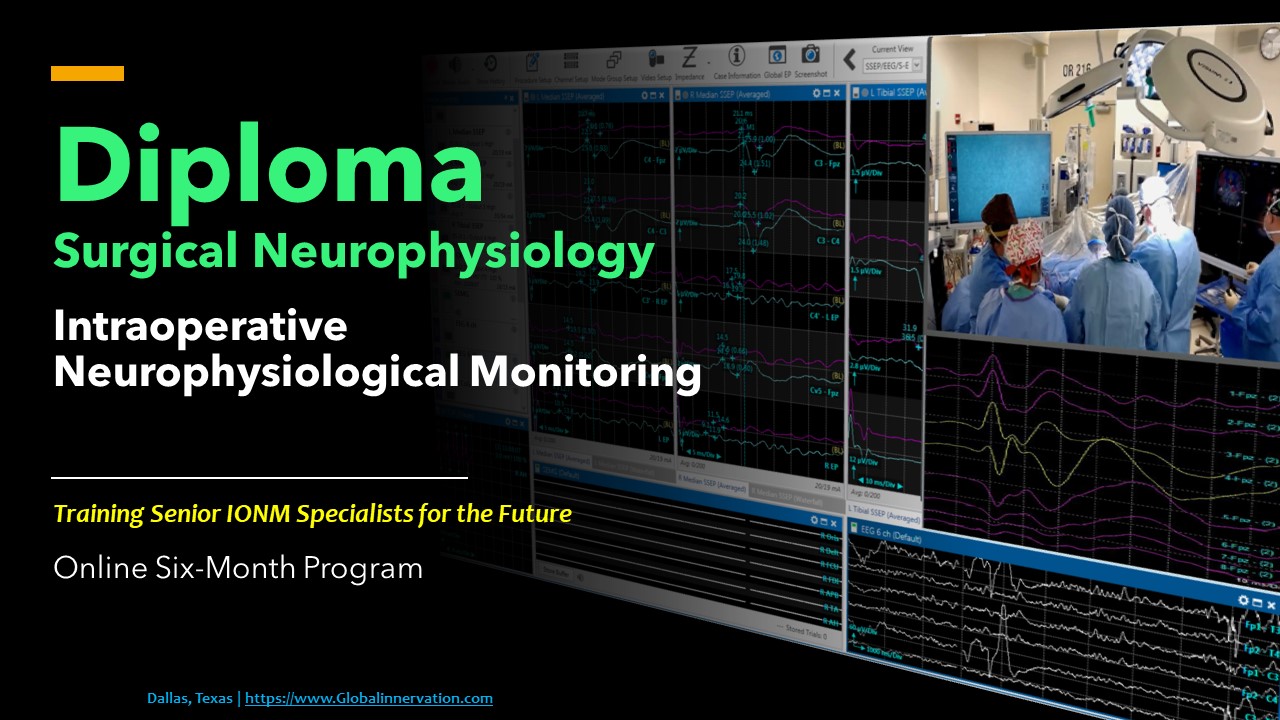Electroencephalography (EEG) in Psychiatry: A Review Article
DOI:
https://doi.org/10.5281/zenodo.10207987Keywords:
EEG, QEEG, psychiatry, schizophrenia, mood disorders, eating disordersAbstract
It is estimated that today, about 500 million people live with a mental health disorder. The broad definition of mental disorders includes depression, anxiety, bipolar, eating disorders, and schizophrenia, among others. Mental health disorders are diagnosed by licensed psychiatrists who often use DSM-5 to make a diagnosis. Still, considering the neurological bases of most psychiatric disorders, we can confidently say that psychiatry and neuroscience are interdependent. Most prevalent mental disorders, such as depression and generalized anxiety, are associated with structural and functional changes in the fronto-limbic brain areas. Therefore, it may be beneficial to use neuroimaging techniques to understand the nature of psychotic disorders and how they influence brain function. An electroencephalogram (EEG) is a non-invasive, efficient, and relatively inexpensive test that measures electrical activity in the brain using electrodes placed on the scalp. This testing technique has been known to be a prominent diagnostic tool for epilepsy. However, recently, there has been growing research on the role of EEG in diagnosing other disorders, such as psychiatric and neuropsychiatric disorders. Patients with psychiatric disorders may have abnormal EEG findings, such as epileptic activity or slow wave activity, which can be a non-specific sign of brain disease. The prevalence of EEG abnormalities in patients with mental illness is significantly elevated. It ranges from 20% to 70% higher when compared to healthy controls. This article talks about the scope of using EEG in diagnosing and understanding mental disorders, its limitations, and the future of EEG as a diagnostic tool for psychiatric disorders.
References
Sayers, J. (2001). The world health report 2001—Mental health: new understanding, new hope. Bull. World Health Organ. 79, 1085–1085.and Clinical Neurophysiology. Amsterdam, Elsevier, 1986, pp 153–170
Polanczyk, G., de Lima, M. S., Horta, B. L., Biederman, J., & Rohde, L. A. (2007). The worldwide prevalence of ADHD: A systematic review and metaregression analysis. American Journal of Psychiatry, 164(6), 942–948.
McLoughlin, G., Makeig, S., & Tsuang, M. T. (2014). In search of biomarkers in psychiatry: EEG-based measures of brain function. American Journal of Medical Genetics Part B: Neuropsychiatric Genetics, 165(2), 111–121.
Hughes, J. R. (1996). A Review of the Usefulness of the Standard EEG in Psychiatry. Clinical Electroencephalography, 27(1), 35–39.
Prichep, L. S., & John, E. R. (1986). Neurometrics: Clinical applications. In F. H. Lopes da Silva, W. Storm van Leeuwen, & A. Remond (Eds.), Clinical Applications of Computer Analysis of EEG and Other Neurophysiological Variables (Vol. 2, pp. 153–170). Elsevier.
Alper, K. (1995). Quantitative EEG and evoked potentials in adult psychiatry. In J. Panksepp (Ed.), Advances in Biological Psychiatry (Vol. 1, pp. 65–112). JAI Press.
Niedermeyer, E. (1987). EEG and clinical neurophysiology. In E. Niedermeyer & F. Lopes da Silva (Eds.), Electroencephalography: Basic Principles, Clinical Applications and Related Fields (pp. 97–117). Baltimore, MD: Urban and Schwarzenberg.
Czobor, P., & Volavka, J. (1993). Quantitative electroencephalogram examination of effects of risperidone in schizophrenic patients. Journal of Clinical Psychopharmacology, 13(5), 332–342.
Shagass, C., & Roemer, R. (1991). Evoked potential topography in unmedicated and medicated schizophrenics. International Journal of Psychophysiology, 10(3), 213–224. doi: 10.1016/0167-8760(91)90031-R.
Guenther, W., & Breitling, D. (1985). Predominant sensorimotor area left hemisphere dysfunction in schizophrenia measured by brain electrical activity mapping. Biological psychiatry, 20(5), 515–532. https://doi.org/10.1016/0006-3223(85)90023-x
Nagase, Y., Okubo, Y., Matsuura, M., Kojima, T., & Toru, M. (1992). EEG coherence in unmedicated schizophrenic patients: Topographical study of predominantly never medicated cases. Biological Psychiatry, 32(11), 1028–1034. doi: 10.1016/0006-3223(92)90064-7
Gibbs, F. A., & Gibbs, E. L. (1964). Atlas of Electroencephalography. Reading, MA: Addison-Wesley.
Small, J. G., Small, I. F., Milstein, V., & Moore, D. F. (1975). Familial associations with EEG variants in manic-depressive disease. Archives of General Psychiatry, 32(1), 43–48.Schaffer, C. E., Davidson, R. J., & Saron, C. (1983). Frontal and parietal electroencephalogram asymmetry in depressed and nondepressed subjects. Biological Psychiatry, 18(7), 753–762.
Schaffer, C. E., Davidson, R. J., & Saron, C. (1983). Frontal and parietal electroencephalogram asymmetry in depressed and nondepressed subjects. Biological Psychiatry, 18(7), 753–762.
Prichep, L. S., & John, E. R. (1986). Neurometrics: Clinical applications. In F. H. Lopes da Silva, W. Storm van Leeuwen, & A. Remond (Eds.), Clinical Applications of Computer Analysis of EEG and Other Neurophysiological Variables (Vol. 2, pp. 153–170). Elsevier.
Hiluy, J. C., David, I. A., Daquer, A., Duchesne, M., Volchan, E., & Appolinario, J. C. (2021). A Systematic Review of Electrophysiological Findings in Binge-Purge Eating Disorders: A Window Into Brain Dynamics. Frontiers in Psychology, 12, 619780. doi: 10.3389/fpsyg.2021.619780
Grebb, J. A., Yingling, C. D., & Reus, V. I. (1984). Electrophysiologic abnormalities in patients with eating disorders. Comprehensive Psychiatry, 25(2), 216–224. doi: 10.1016/0010-440X(84)90010-5
Berger, H. (1929). Über das elektrenkephalogramm des menschen. Archiv für Psychiatrie und Nervenkrankheiten, 87, 527–570. doi: 10.1007/BF01797193
Jasper, H. H., & Andrews, H. L. (1936). Human brain rhythms: I. Recording techniques and preliminary results. Journal of General Psychology, 14(2), 98–126. doi: 10.1080/00221309.1936.9713141.
Saad, J. F., Kohn, M. R., Clarke, S., Lagopoulos, J., & Hermens, D. F. (2015). Is the theta/β EEG Marker for ADHD inherently flawed? Journal of Attention Disorders, 22(9), 815–826. doi: 10.1177/1087054715578270.
Gloss, D., Varma, J. K., Pringsheim, T., & Nuwer, M. R. (2016). Practice advisory: The utility of EEG theta/beta power ratio in ADHD diagnosis: Report of the guideline development, dissemination, and implementation subcommittee of the American Academy of Neurology. Neurology, 87, 2375–2379.
van Dongen-Boomsma, M., Lansbergen, M. M., Bekker, E. M., Kooij, J. J. S., van der Molen, M. W., Kenemans, J. L., et al. (2010). Relation between resting EEG to cognitive performance and clinical symptoms in adults with attention-deficit/hyperactivity disorder. Neuroscience Letters, 469(2), 102–106.
Kaiser, A. K., Gnjezda, M. T., Knasmüller, S., & Aichhorn, W. (2018). Electroencephalogram alpha asymmetry in patients with depressive disorders: Current perspectives. Neuropsychiatric Disease and Treatment, 14, 1493–1504.
Downloads
Published
How to Cite
Issue
Section
License
Copyright (c) 2023 J of Neurophysiological Monitoring

This work is licensed under a Creative Commons Attribution 4.0 International License.





